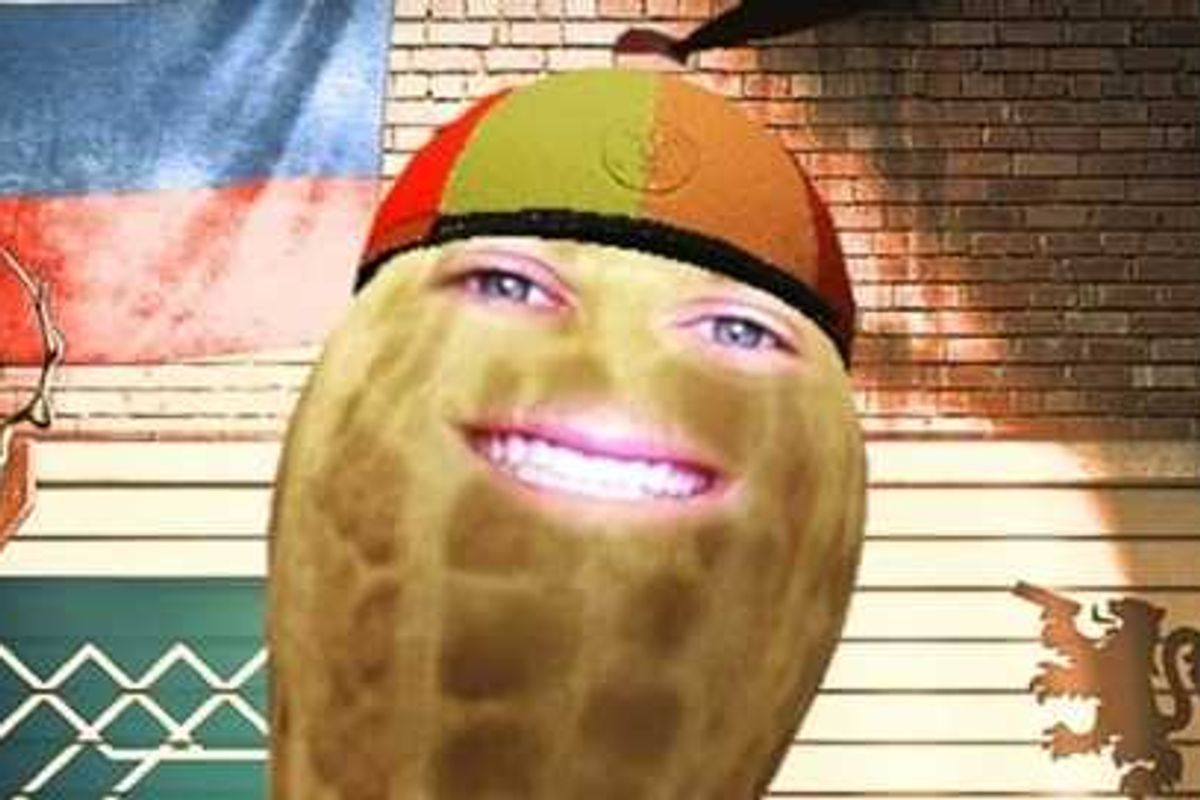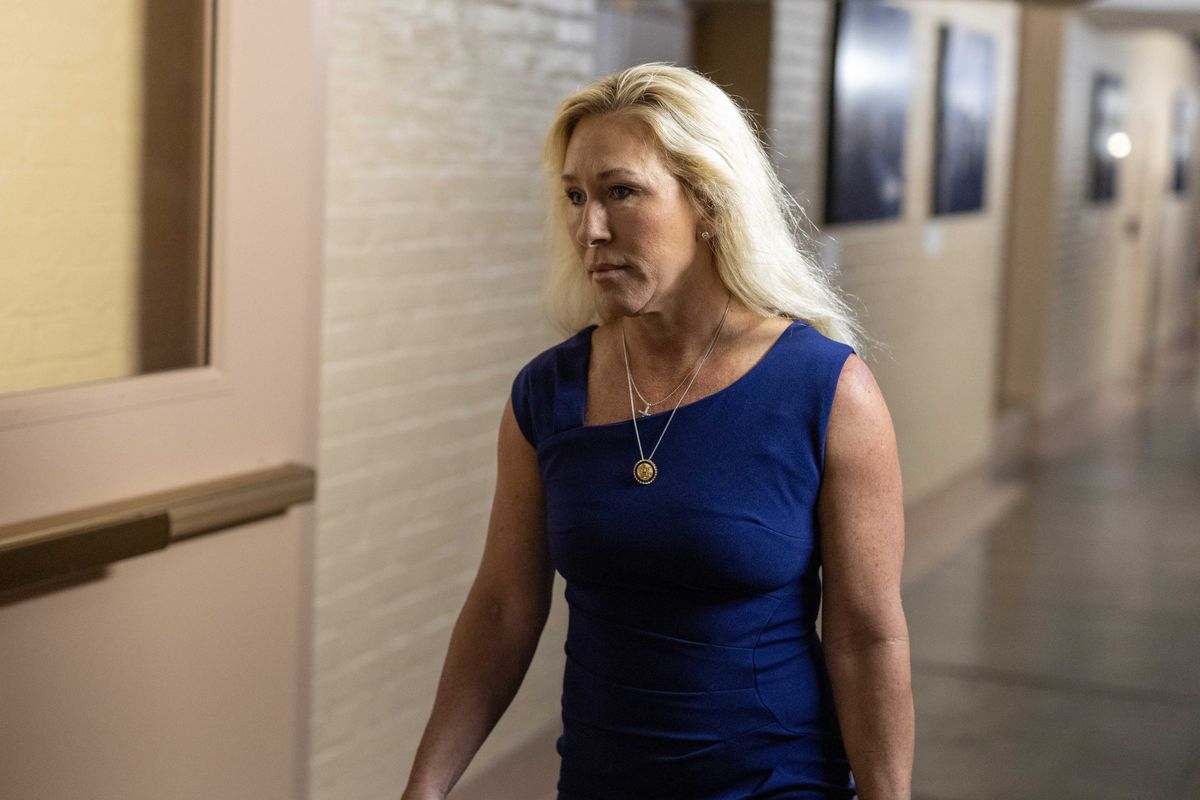News
Louis Dor
Sep 12, 2015
The "five second rule", that most dear of doctrines to all with a cavalier sense of hygiene, has been examined and tried by a professor of food science.
A study in 2003 found that 70 per cent of women and 56 per cent of men surveyed were familiar with the five-second rule – that you could, by passed-down wisdom, eat a piece of food that had been on the ground for five seconds or less.
In 2007, Clemson University found that it did not matter whether food was placed on a surface for five, 30 or 60 seconds - the overall amount of bacteria on the surface mattered more than the duration it was in contact with food.
The type of surface you drop your food onto also makes a difference.
Writing for Quartz, Dr Paul Dawson, professor of food science at Clemson, said:
Carpets, for instance, seem to be slightly better places to drop your food than wood or tile. When carpet was inoculated with Salmonella, less than 1 per cent of the bacteria were transferred. But when the food was in contact with tile or wood, 48-70 per cent of bacteria transferred.
And – the crucial question - should you still eat it if you’ve dropped it?
Dr Dawson says that if there are millions of different cells on the area the food is dropped onto, 0.1 per cent is still enough to make you sick.
Certain types of bacteria only take a small amount to make you sick, but the chance of these bacteria being on any given surface is low.
In the rare chance that there is a microorganism that can make you sick on the exact spot where the food dropped, you can be fairly sure the bug is on the food you are about to put in your mouth.
In short - it's a lottery.
The best bet is to take a zero second rule and just make sure all your surfaces are clean.
Top 100
The Conversation (0)














Donald Trump explodes at 'obnoxious' reporter